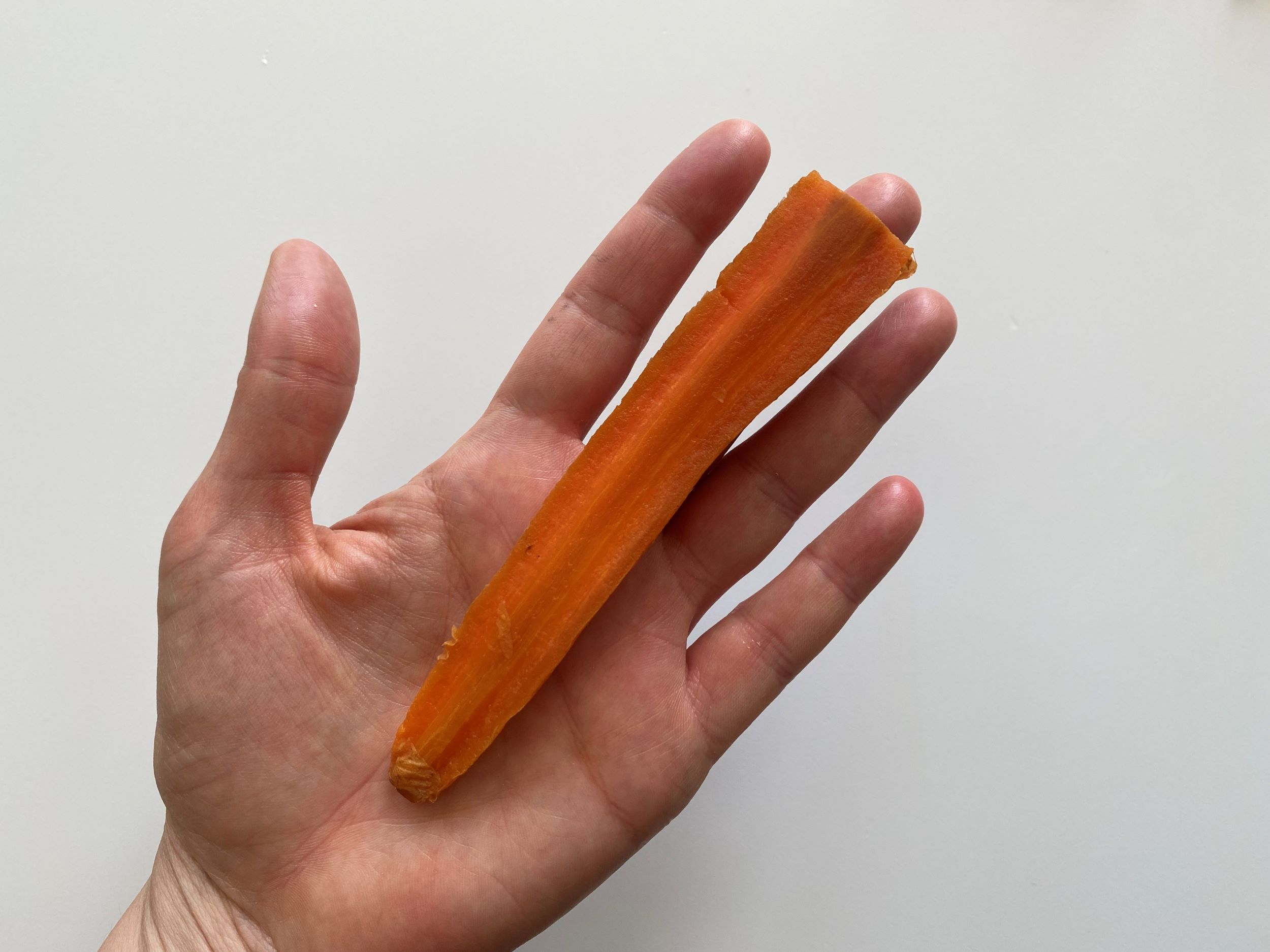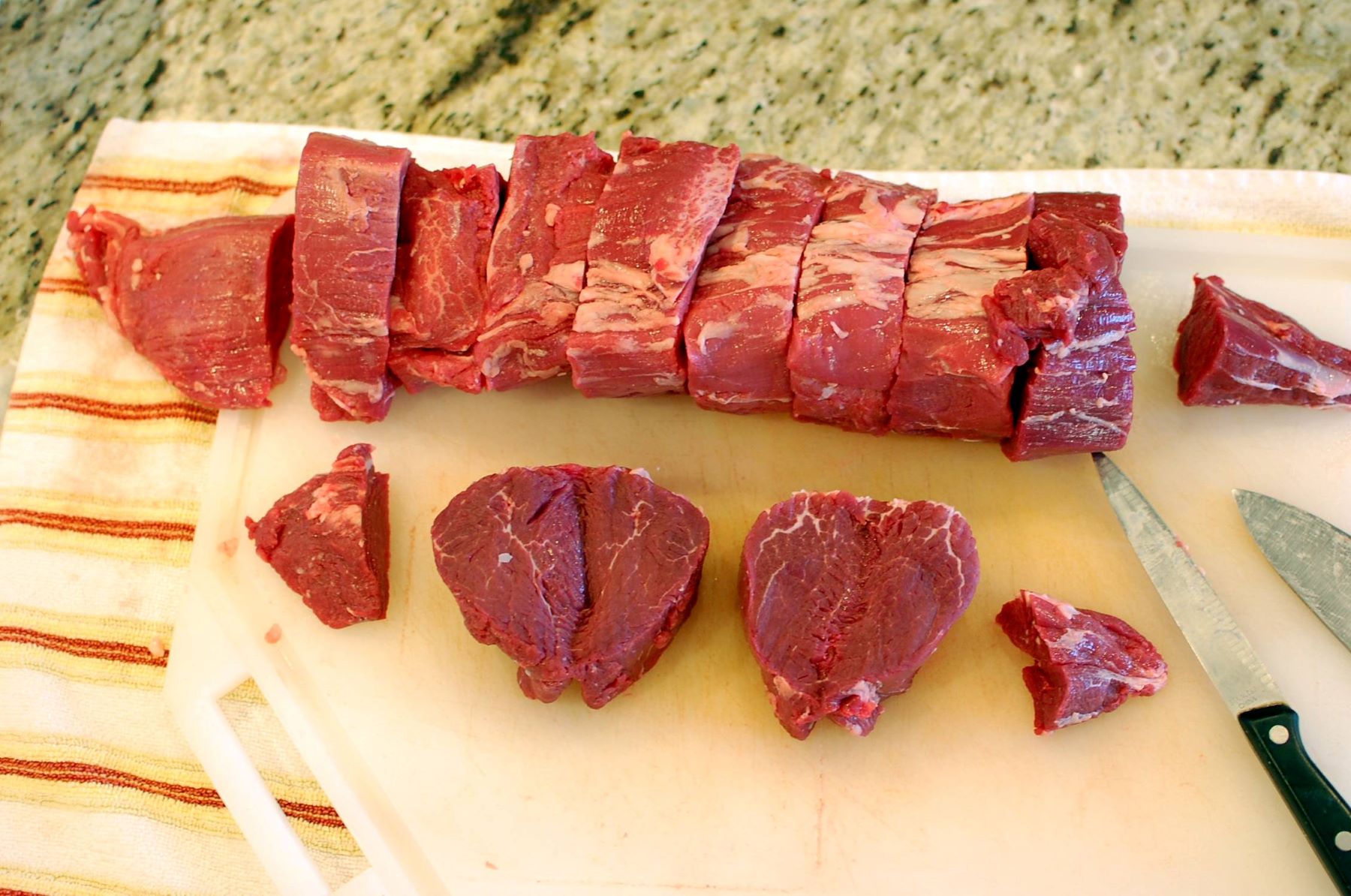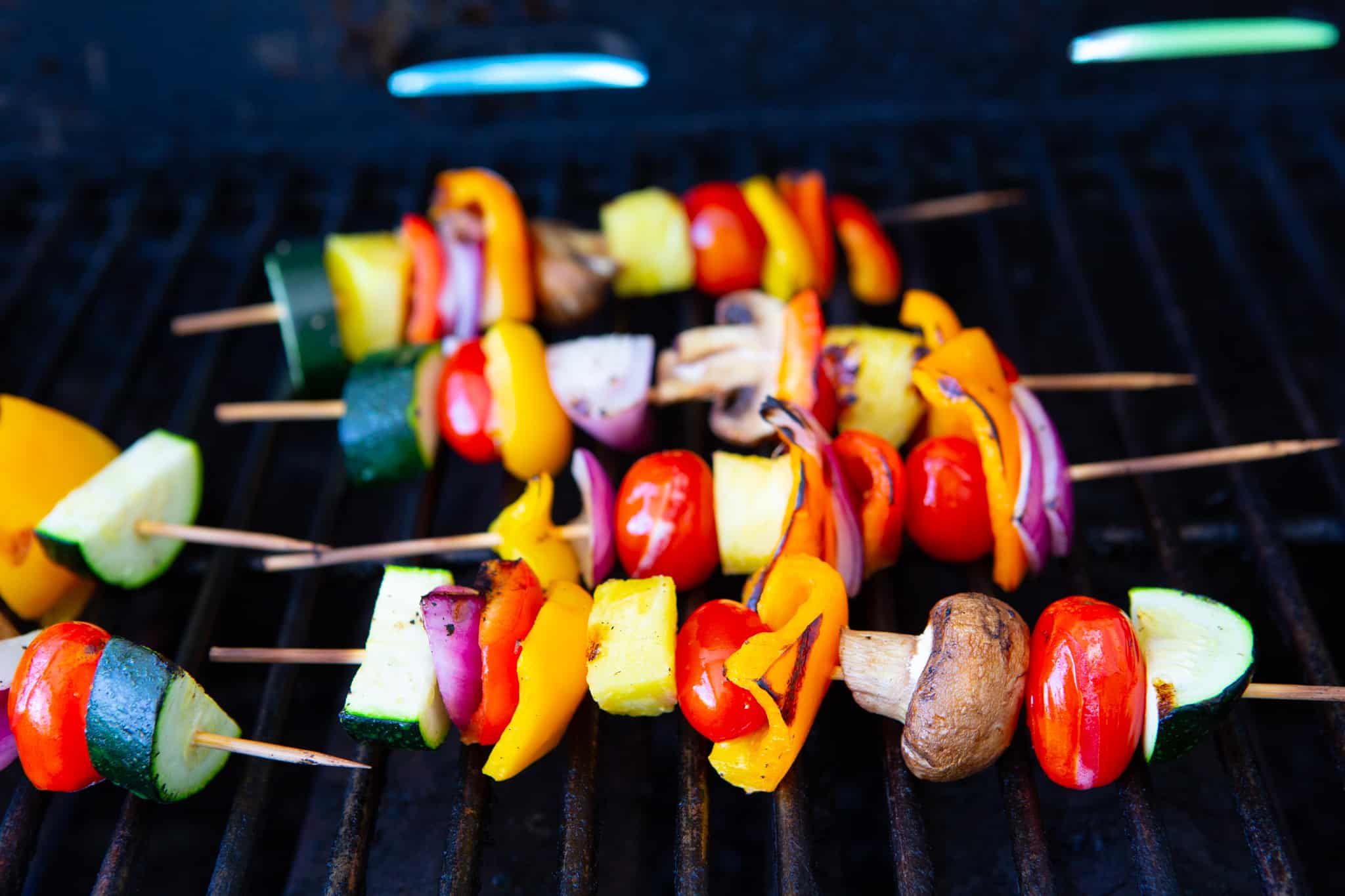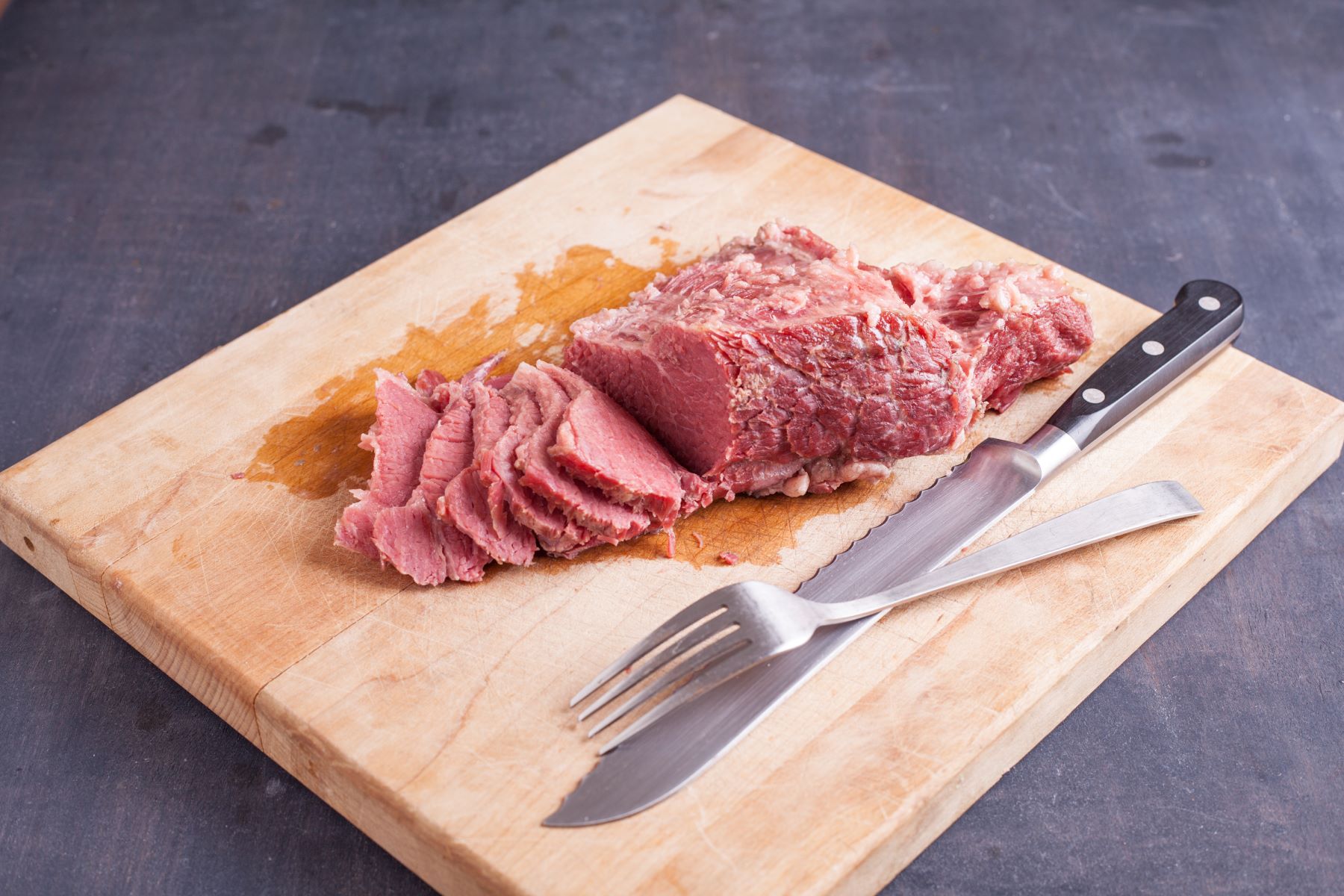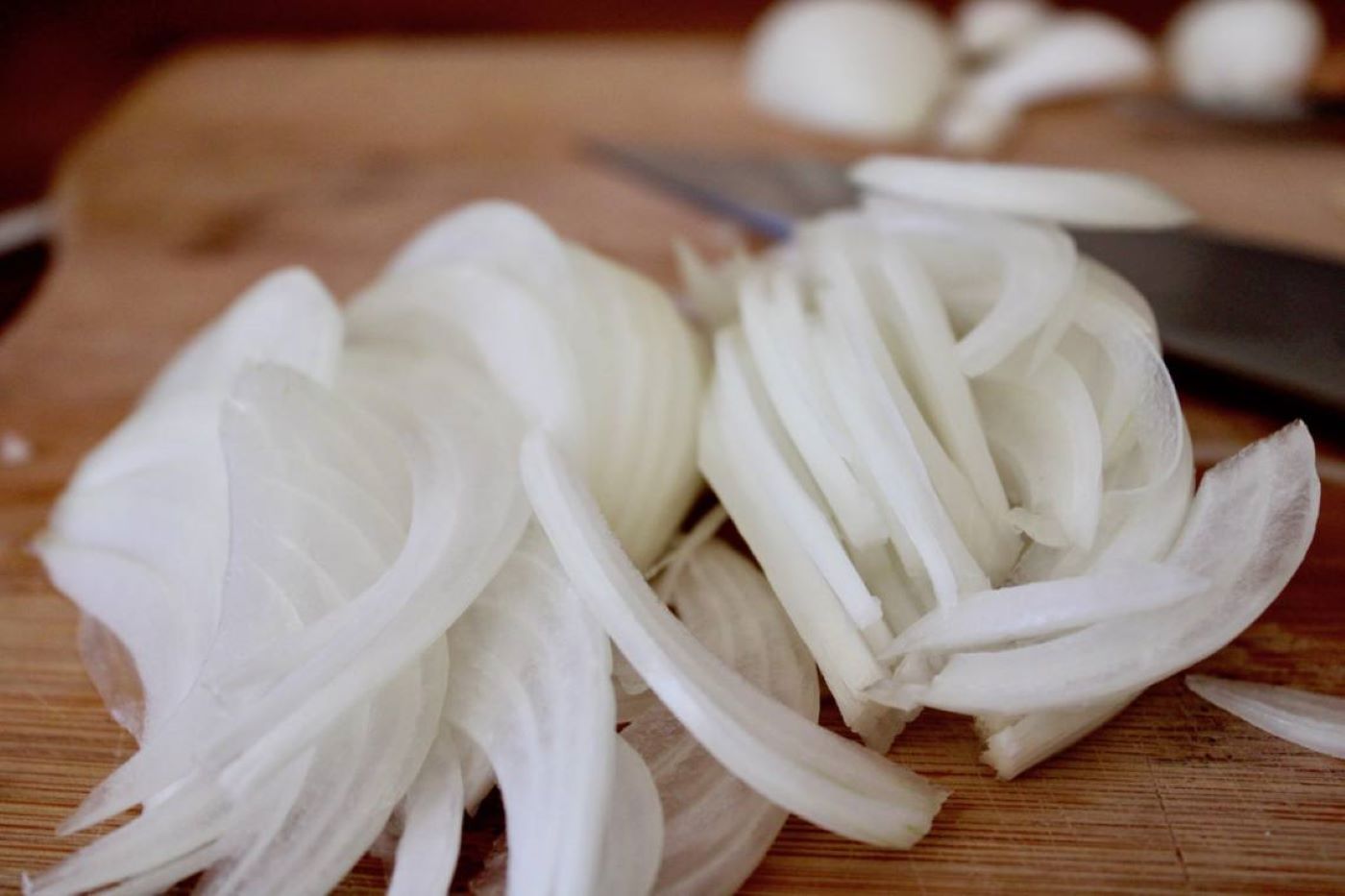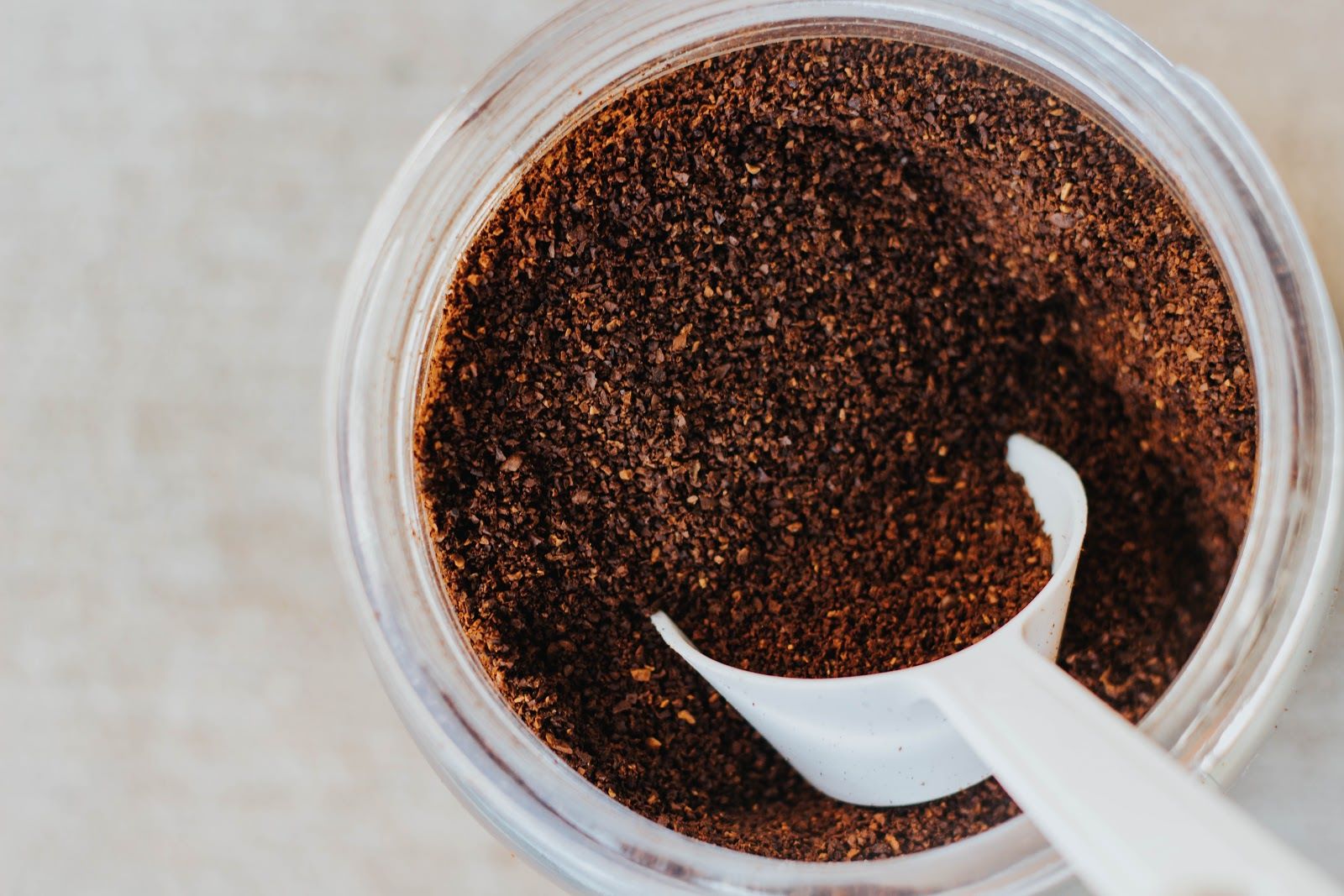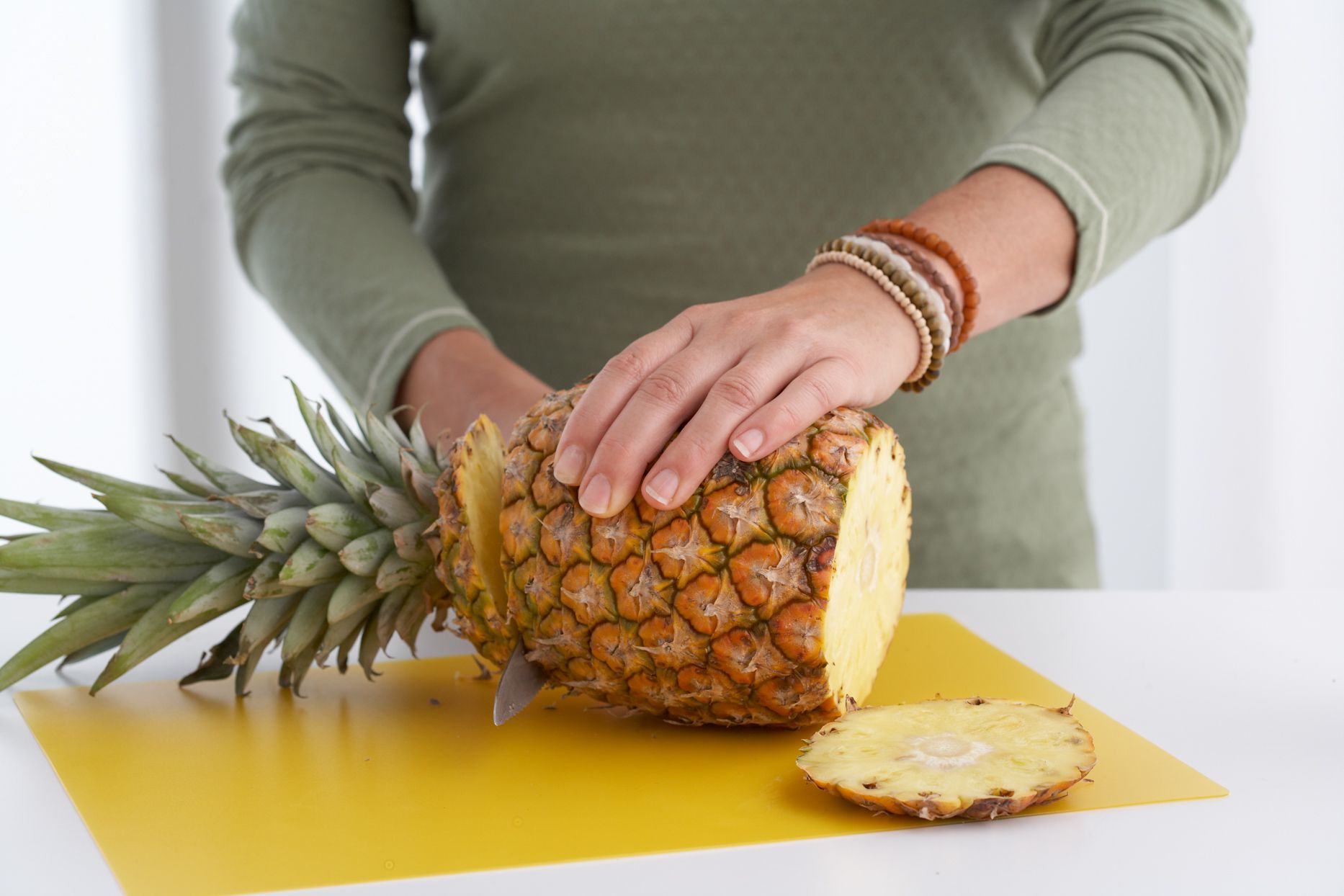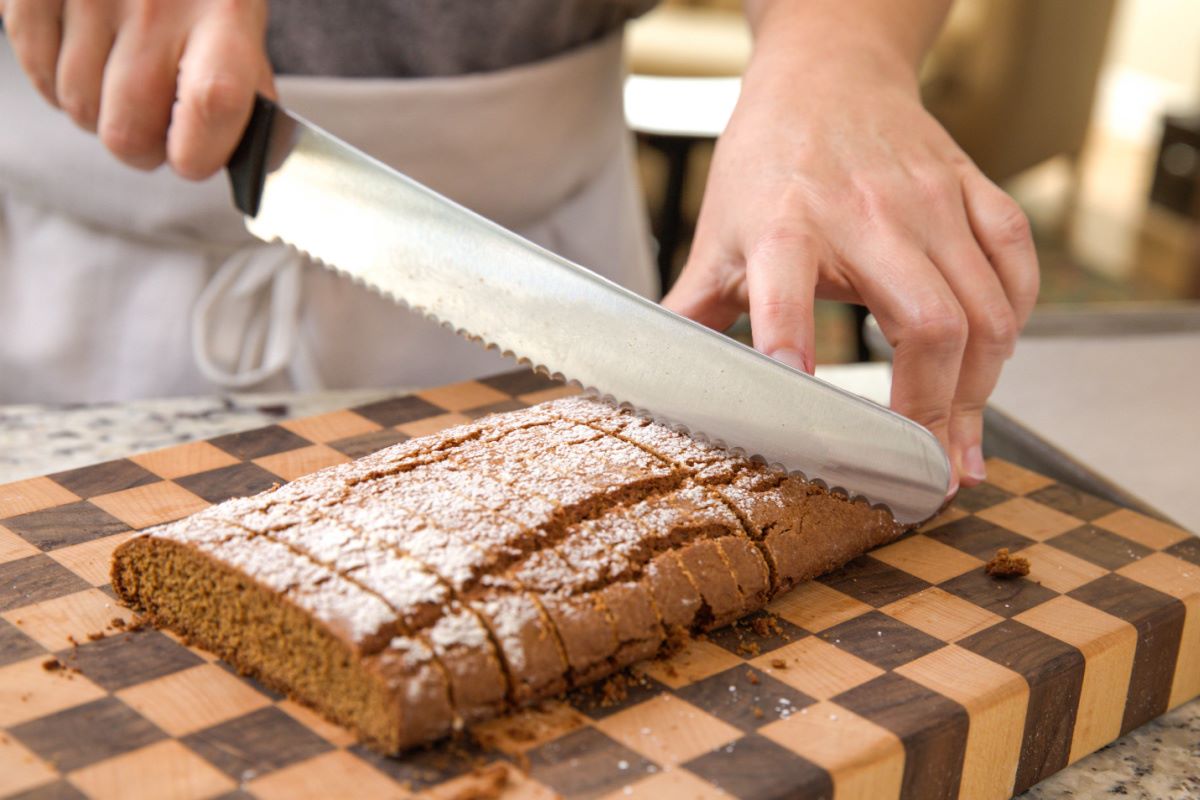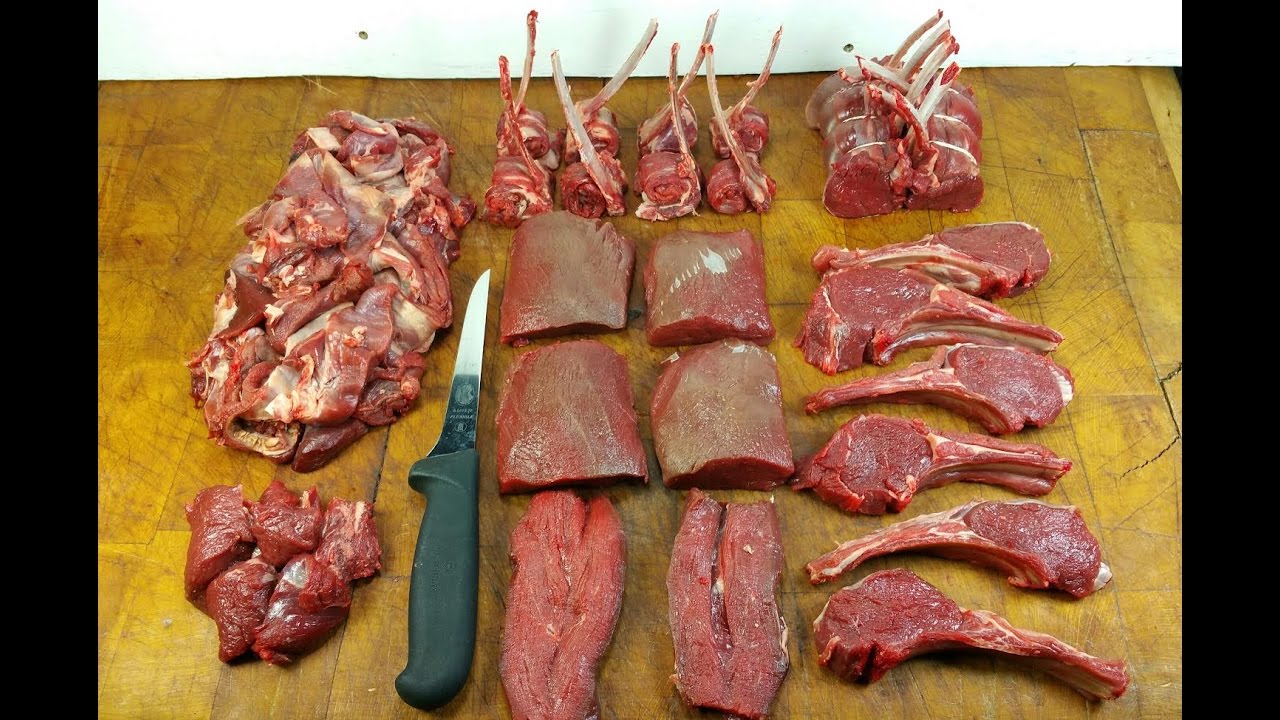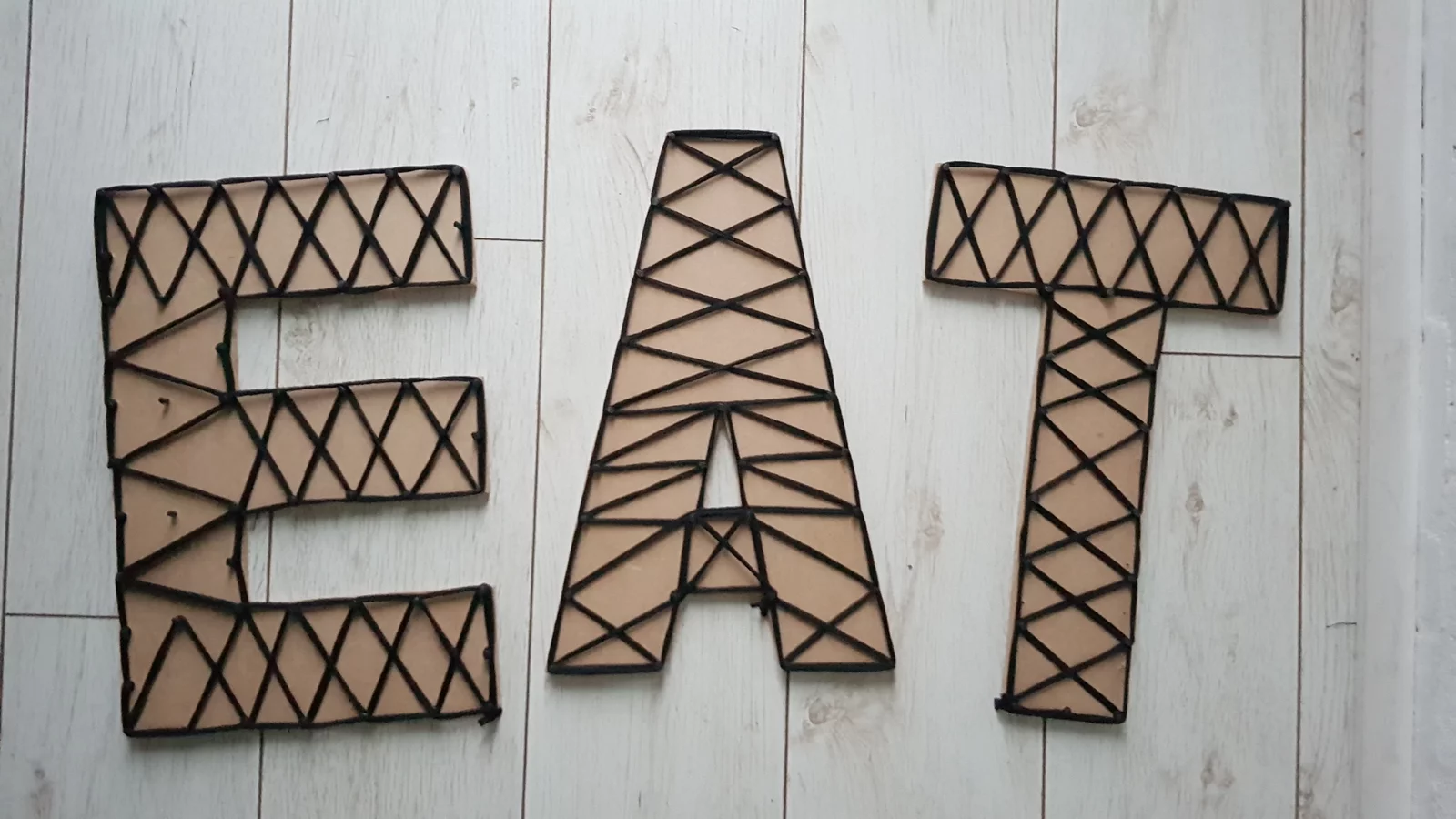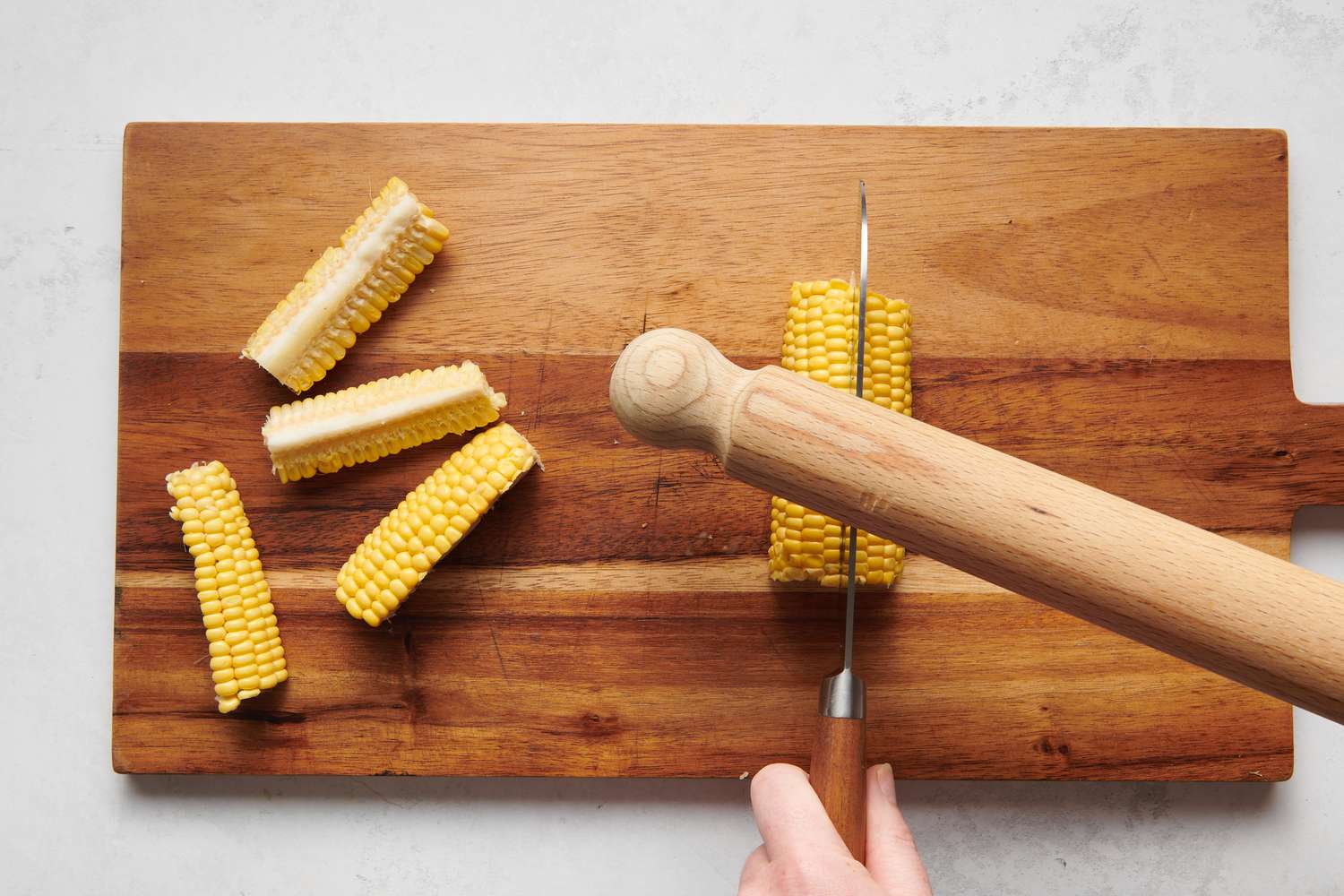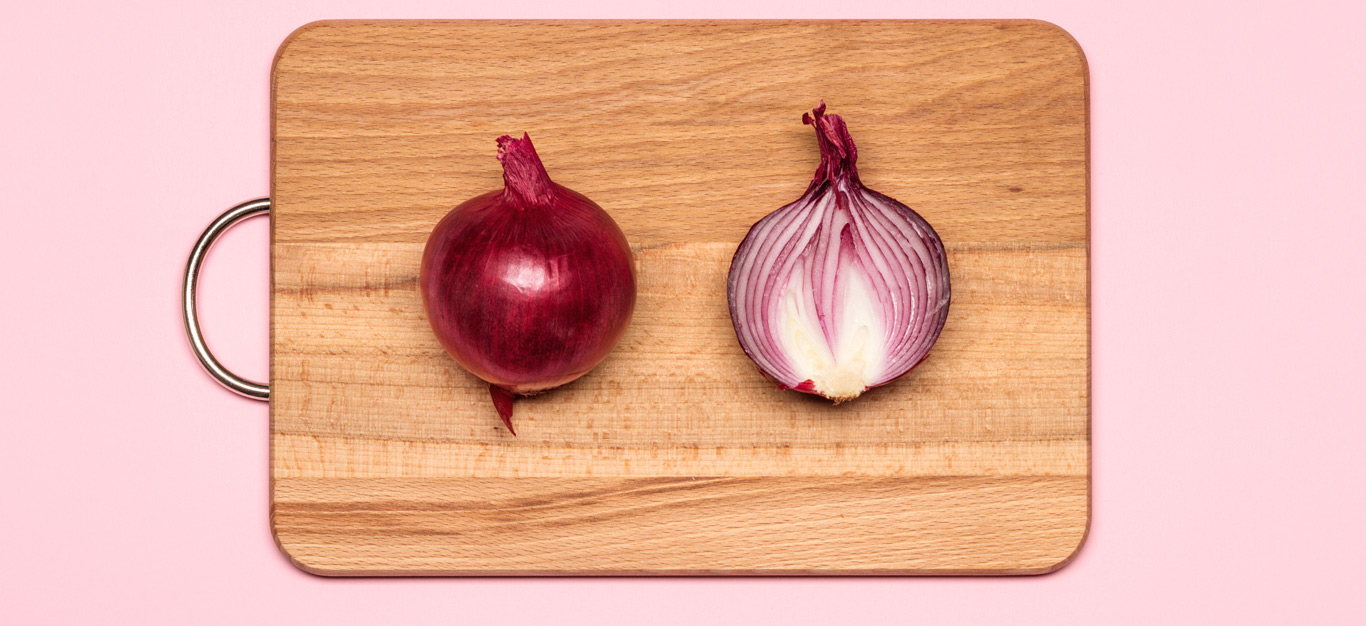Cutting a salmon steak might seem tricky, but with the right approach, anyone can do it like a pro. Fresh salmon, vibrant and rich in omega-3 fatty acids, is a favorite for many. Whether you're aiming for a fancy dinner or a nutritious meal, knowing how to slice this fish properly can elevate your cooking game. This guide will walk you through the essential steps, from selecting the perfect piece to making that final cut. With a bit of practice and patience, you'll master the art of cutting salmon steaks, ensuring each piece is perfectly portioned for a delicious and visually appealing dish.
Essential Ingredients for a Perfect Salmon Steak
- Fresh salmon fillet
- Sharp chef's knife
- Cutting board
- Paper towels
- Optional: lemon for garnish
Must-Have Tools for Cutting Salmon Steaks
- Sharp Chef's Knife
- Cutting Board
- Paper Towels
- Tweezers or Pliers (for removing bones)
- Flexible Fillet Knife (optional for skin removal)
For cutting salmon steaks, first, ensure your fish is properly chilled. Use a sharp, flexible knife to slice through the flesh cleanly, avoiding bones. Aim for even thickness across each steak.
The Art of Cutting Salmon Steaks: Why It Matters
Cutting a salmon steak properly ensures even cooking and preserves its delicate flavor. Mastery of this technique allows for a visually appealing presentation, crucial for any dish. Understanding the anatomy of the fish aids in making precise cuts, maximizing the yield from each salmon, and reducing waste.
Mastering the Cut: A Step-by-Step Guide
How To Cut A Salmon Steak
-
Select Your Salmon: Choose a fresh or thawed whole salmon side for cutting into steaks. Look for vibrant color and firm texture.
-
Prepare Your Workstation: Lay down parchment paper or a cutting board to keep surfaces clean. Have a sharp, flexible knife ready, ideally a fillet knife.
-
Remove Fins and Tail: Using your knife, carefully cut off any fins and the tail. This makes it easier to create even steaks.
-
Cut Off the Head: If still attached, slice the head off right behind the gills and pectoral fin. A clean, straight cut is crucial here.
-
Slice Along the Backbone: Position your knife parallel to the backbone. Start slicing the salmon into steaks of desired thickness, typically 1 to 2 inches.
-
Portion the Steaks: Guide your knife through the flesh, keeping slices uniform. This ensures each steak cooks evenly.
-
Trim Bones: Feel for any pin bones left in the steaks. Use tweezers or needle-nose pliers to remove them, ensuring a better eating experience.
-
Skin On or Off: Decide if you want the skin on or off. For skin-off, slide your knife between the flesh and skin, moving it back and forth until separated.
-
Rinse and Pat Dry: Once cut, gently rinse each steak under cold water. Pat dry with paper towels to remove excess moisture.
-
Store Properly: If not using immediately, wrap each steak in plastic wrap and store in the refrigerator for up to two days or freeze for longer storage.
Tips for Success
-
Sharp Knife: Always use a sharp knife to ensure clean cuts and easier slicing.
-
Even Thickness: Aim for steaks of even thickness to promote uniform cooking.
-
Remove Pin Bones: Don't skip removing pin bones; it's essential for a pleasant texture.
-
Safety First: Keep your fingers clear of the blade's path and use a non-slip surface for cutting.
Mastering the Art of Salmon Steak
Cutting a salmon steak like a pro is all about technique, patience, and the right tools. With a sharp knife and a steady hand, you can create beautiful, even steaks that cook perfectly every time. Remember, start with a clean, dry fish, make precise cuts behind the gills and along the backbone, and slice through the belly to separate your steaks. Don't rush; take your time to ensure each steak is cut evenly. This method not only enhances the presentation of your dish but also ensures each bite is as delicious as the last. Practice makes perfect, and soon, you'll be slicing salmon steaks with the confidence and skill of a seasoned chef. So, grab that salmon, sharpen your knives, and get ready to elevate your culinary game.
For those eager to master cutting salmon steaks, there are a variety of recipes to put their newfound skills to the test. Grilled Lemon Herb Salmon Steak offers a simple yet flavorful introduction, while Blackened Cajun Salmon Steak provides a spicy kick for those who love bold flavors. For a touch of exotic flair, Coconut Curry Salmon Steak combines rich and creamy elements, making it a standout dish. Seafood lovers should also try Salmon Steak with Dill Cream Sauce for a classic, creamy finish. Each of these recipes will not only help hone your salmon-cutting technique but also delight your palate with diverse and delicious flavors.
All Your Questions About Salmon Steaks Answered
How do I choose the right salmon for steaks?
Look for salmon with vibrant, deep pink or orange color. Freshness is key, so ensure it smells like the ocean, not fishy. Opt for thicker cuts to make slicing into steaks easier.
What tools do I need to cut a salmon steak?
A sharp, flexible fillet knife is crucial. It'll help you make precise cuts without tearing the flesh. Also, have a clean cutting board, preferably one dedicated to fish to avoid cross-contamination.
Can I cut salmon steaks with the skin on?
Absolutely, keeping the skin on while cutting helps hold the steak together during cooking. Plus, it adds a nice texture when crisped up properly.
What's the best way to store salmon steaks if I'm not cooking them right away?
Wrap each steak individually in plastic wrap or place them in a single layer in an airtight container. Store in the coldest part of your fridge for up to two days.
How thick should I cut my salmon steaks?
For optimal cooking and flavor, aim for steaks about 1 to 1.5 inches thick. This thickness ensures even cooking while keeping the inside moist.
Is there a difference between cutting salmon steaks and salmon fillets?
Yes, steaks are cut perpendicular to the fish spine, including a section of the backbone, while fillets are cut parallel to the bone, removing it. Steaks often retain more flavor and moisture because of the bone.
Any tips for cutting salmon without it falling apart?
Make sure your knife is very sharp and your salmon is partially frozen. Slightly firm salmon offers more resistance, making it easier to slice through without the flesh breaking apart.
Was this page helpful?
Read Next: How To Cut Potatoes Into Wedges
